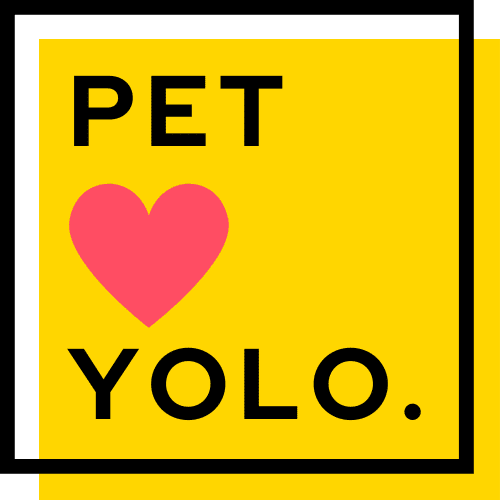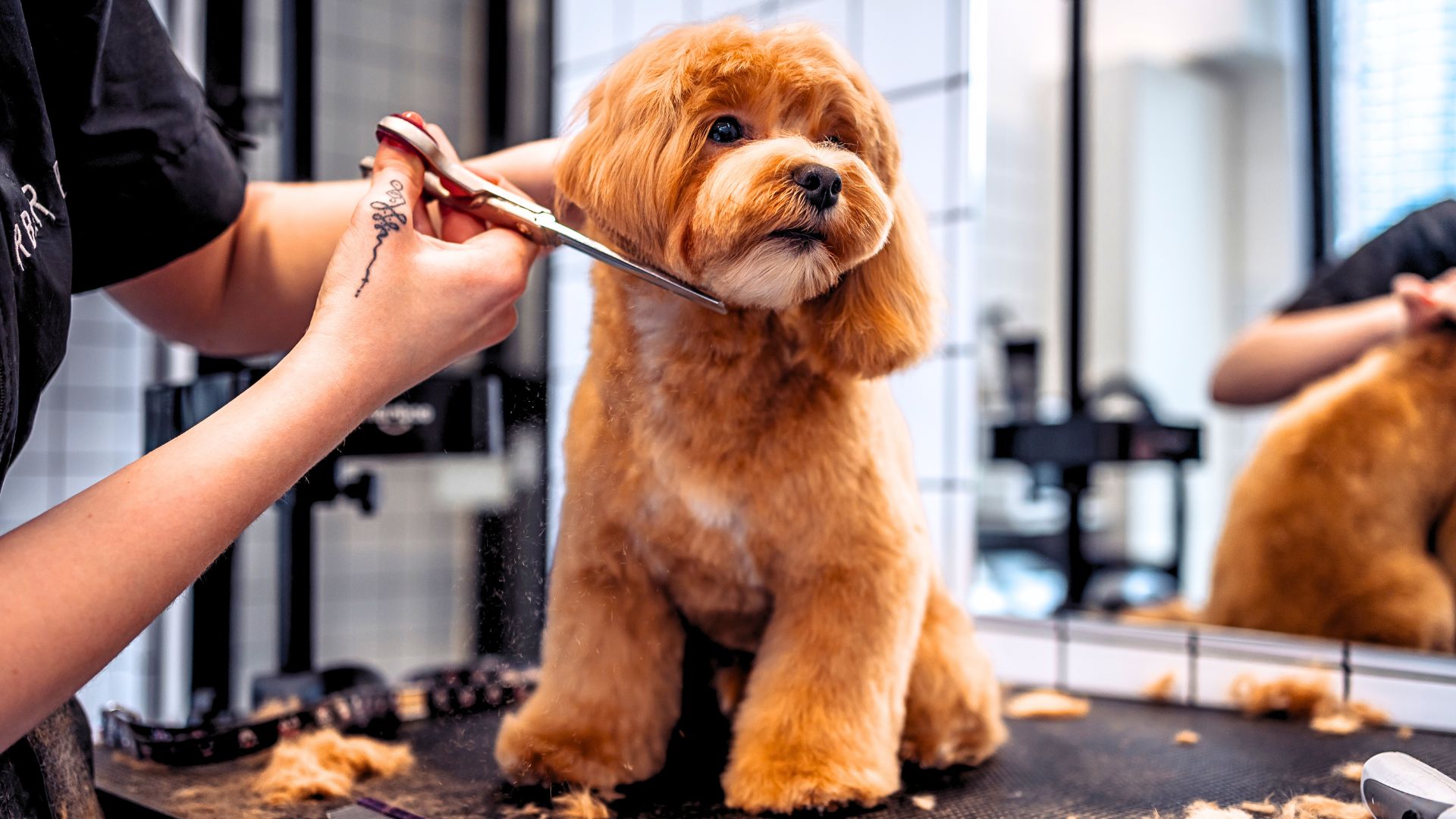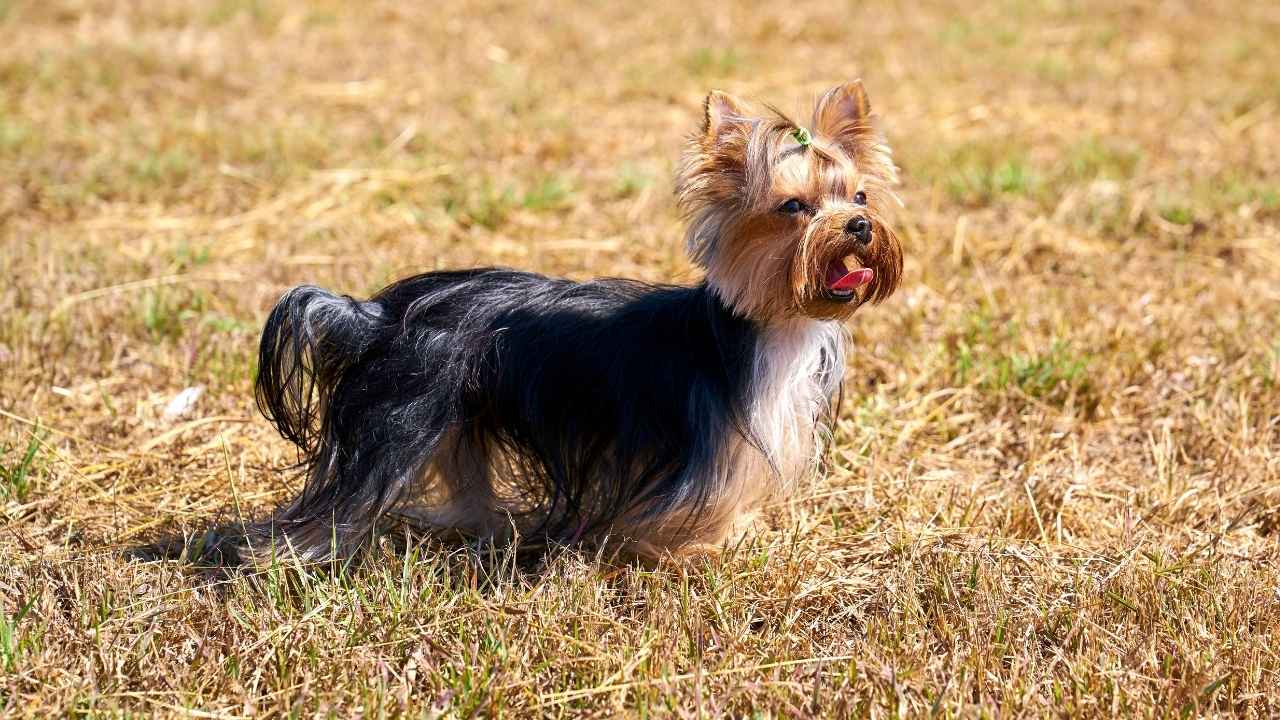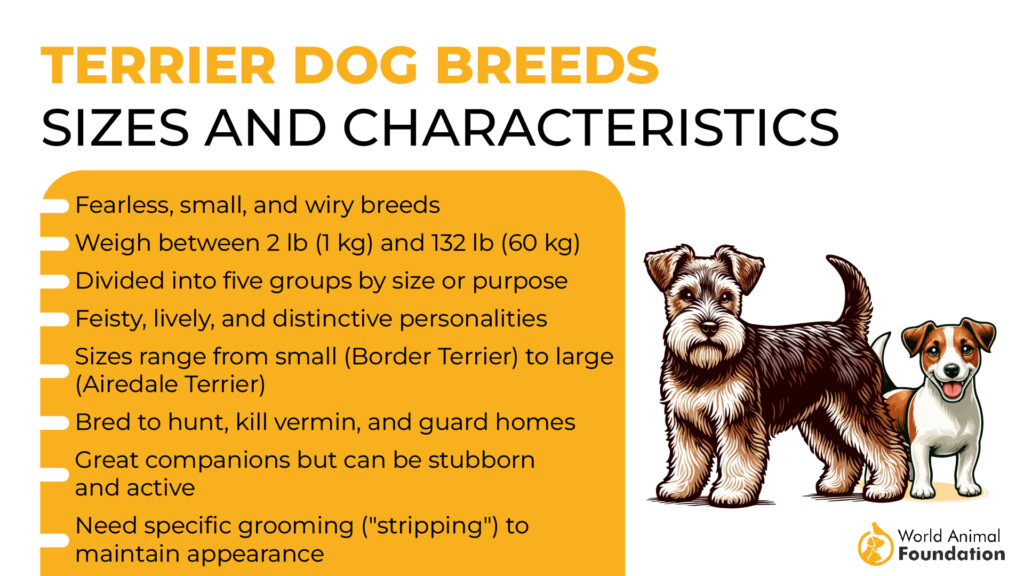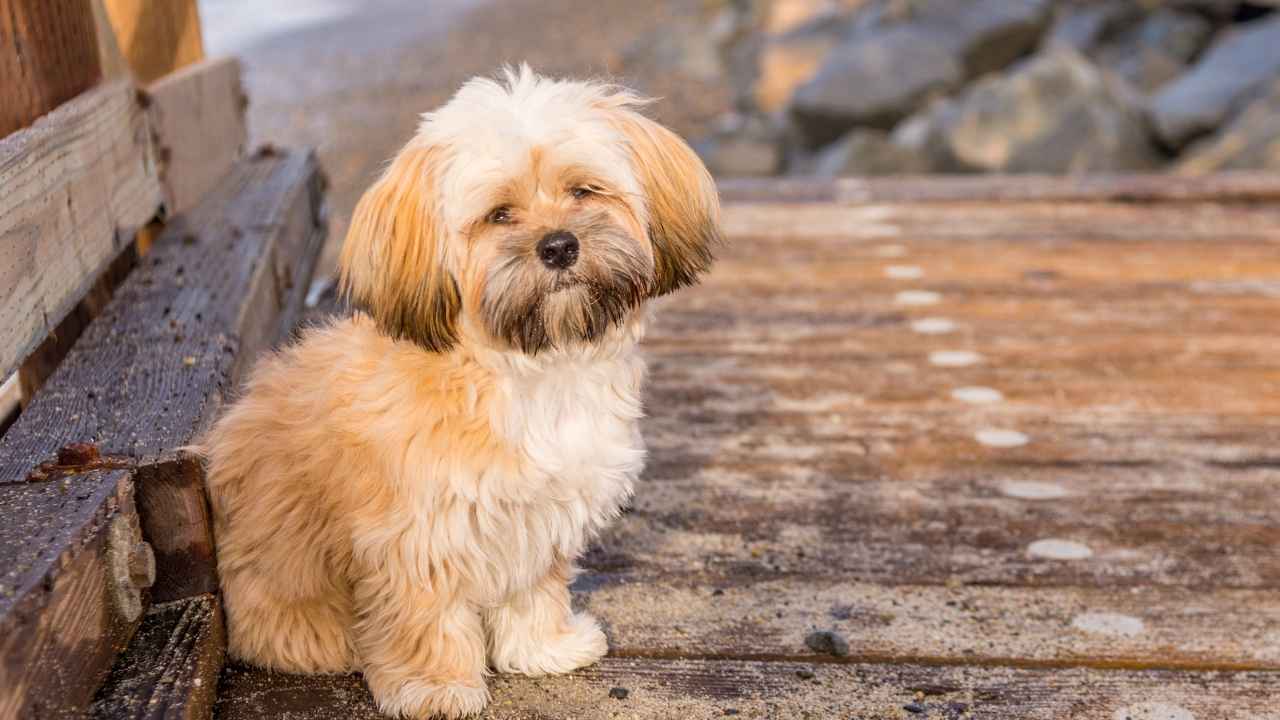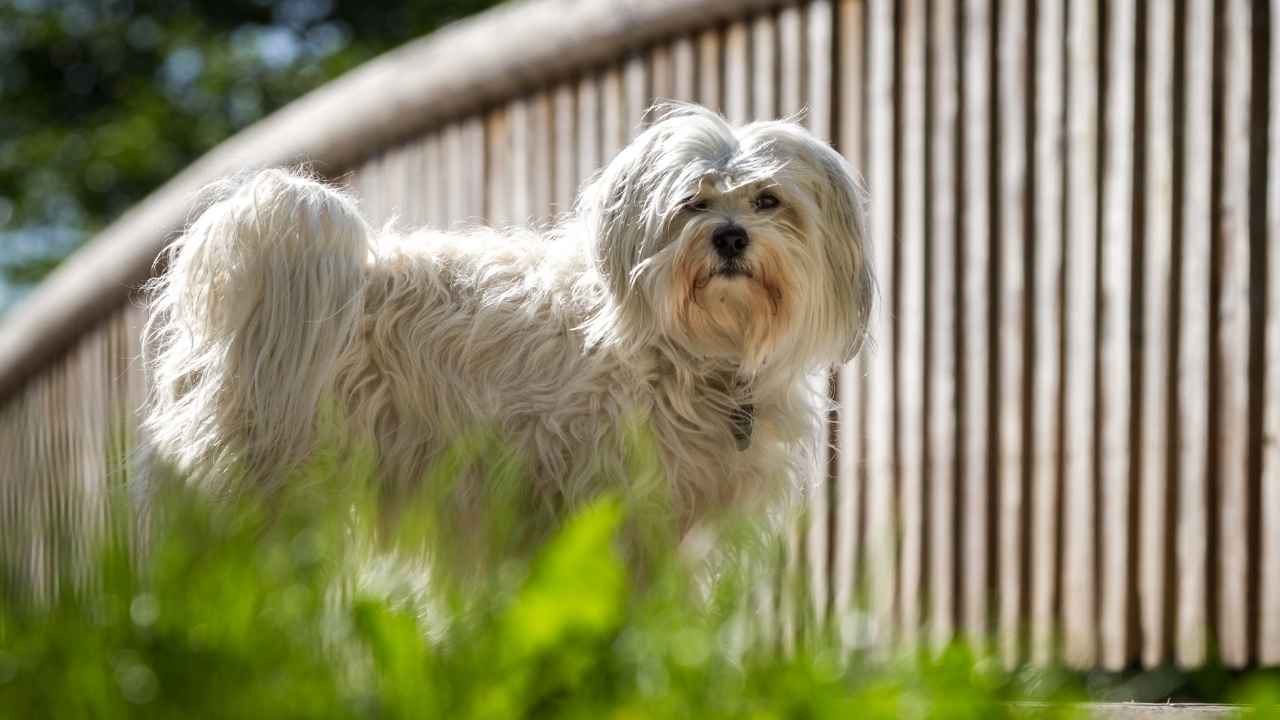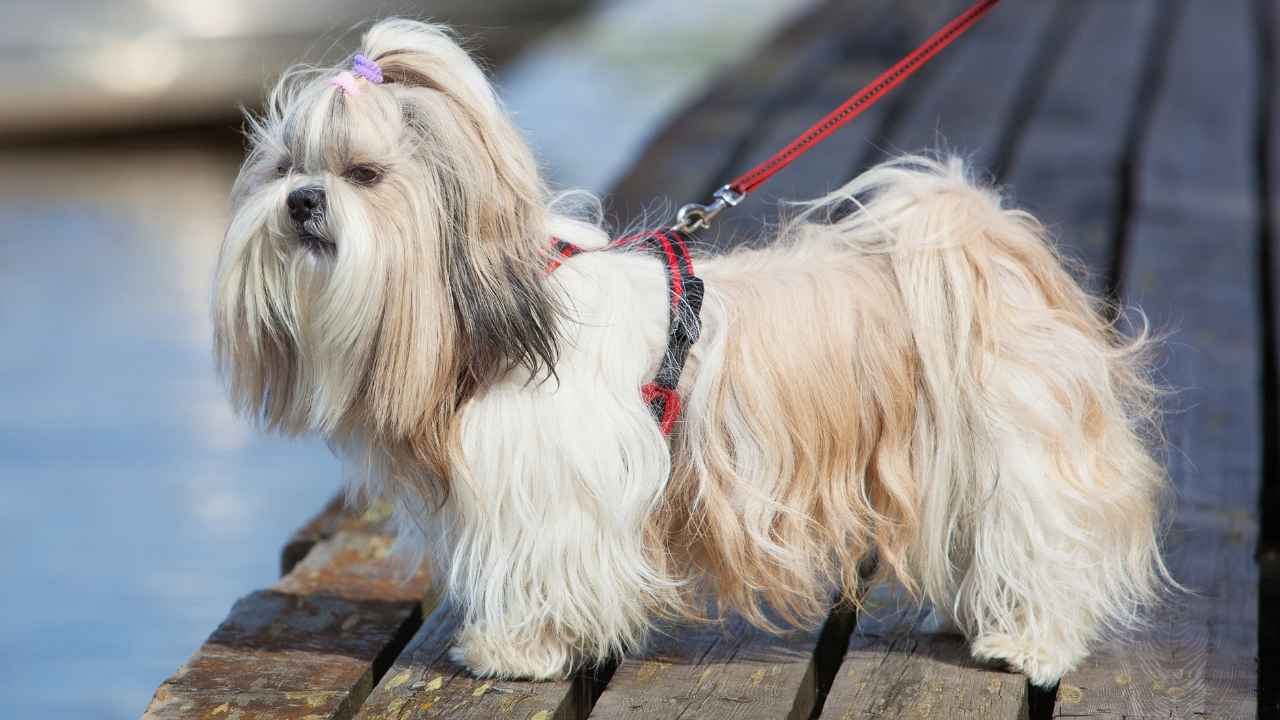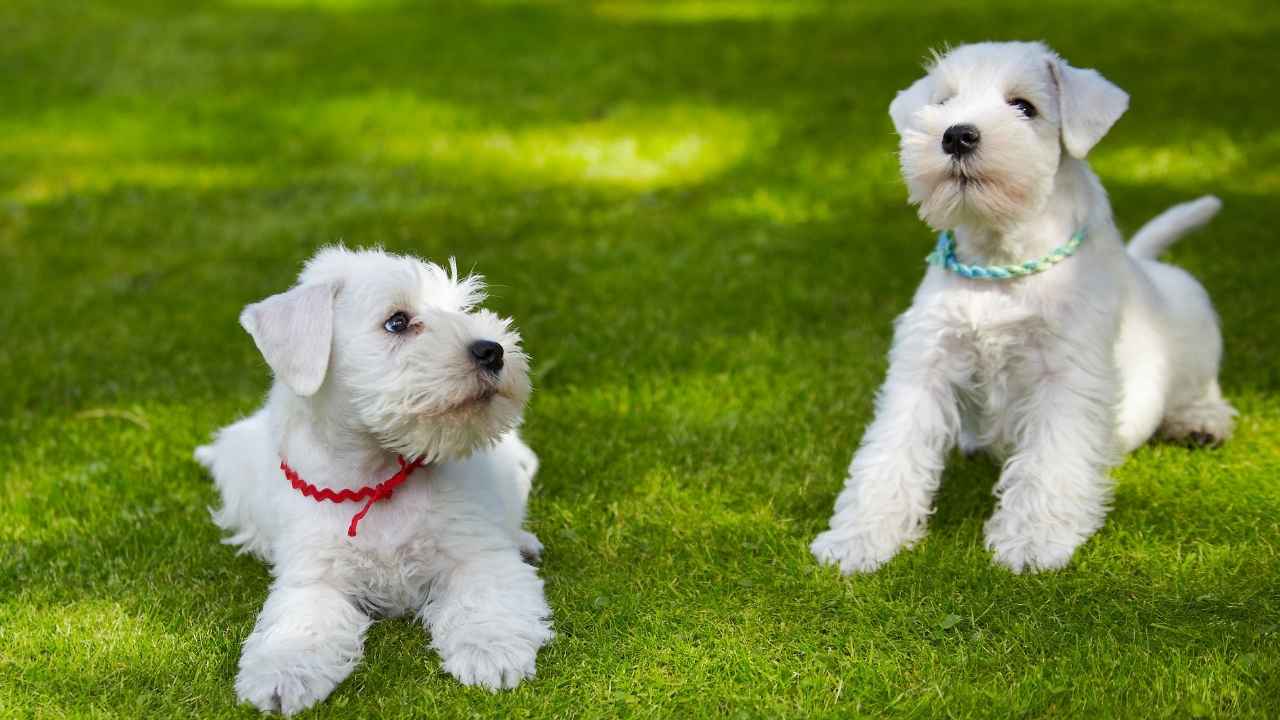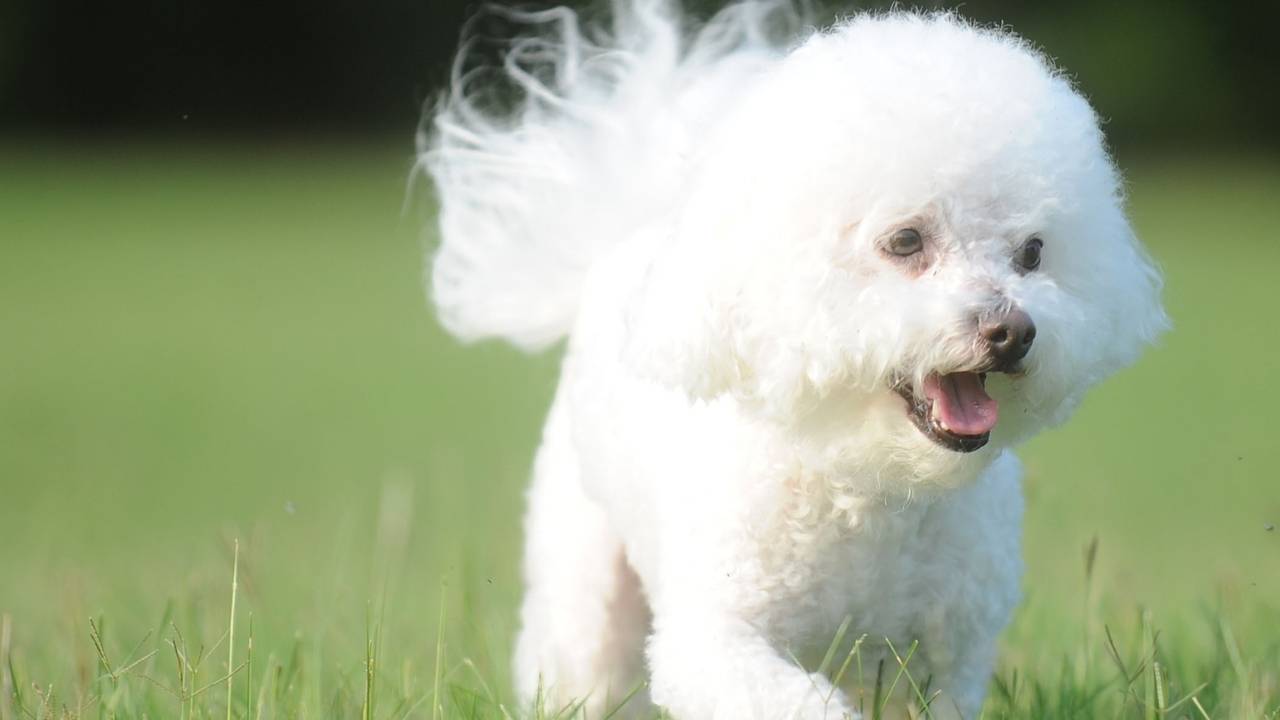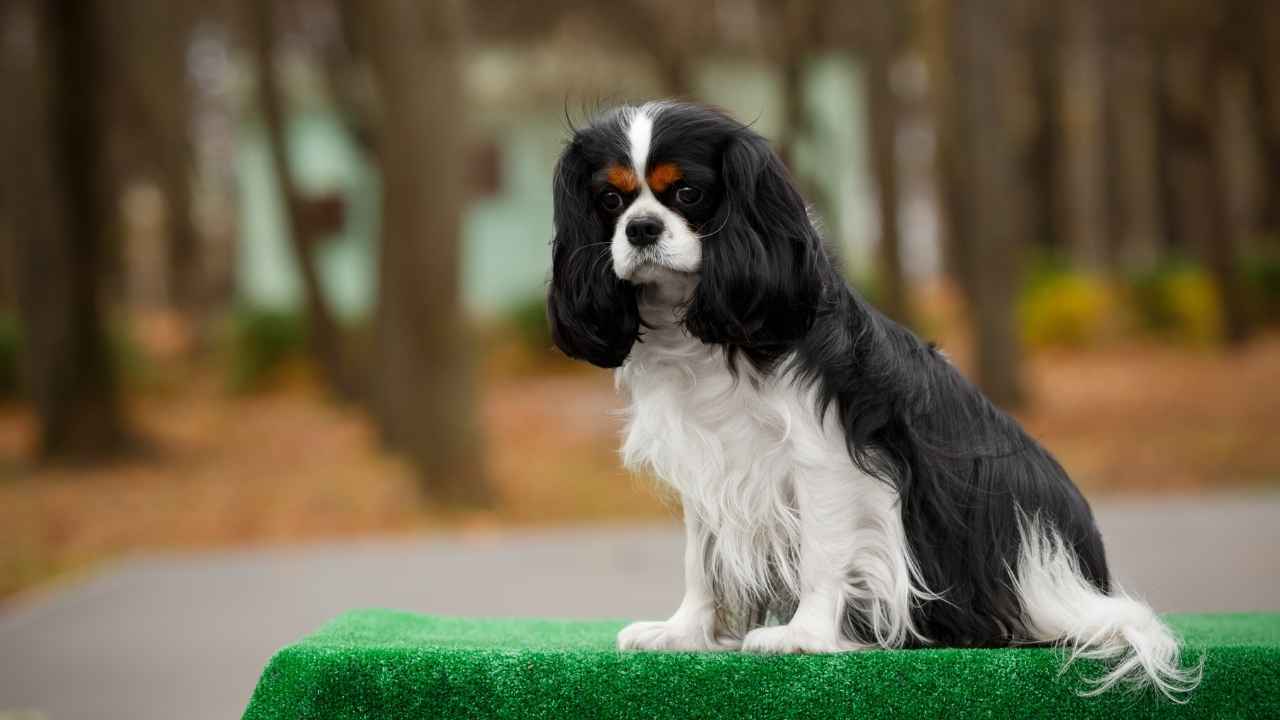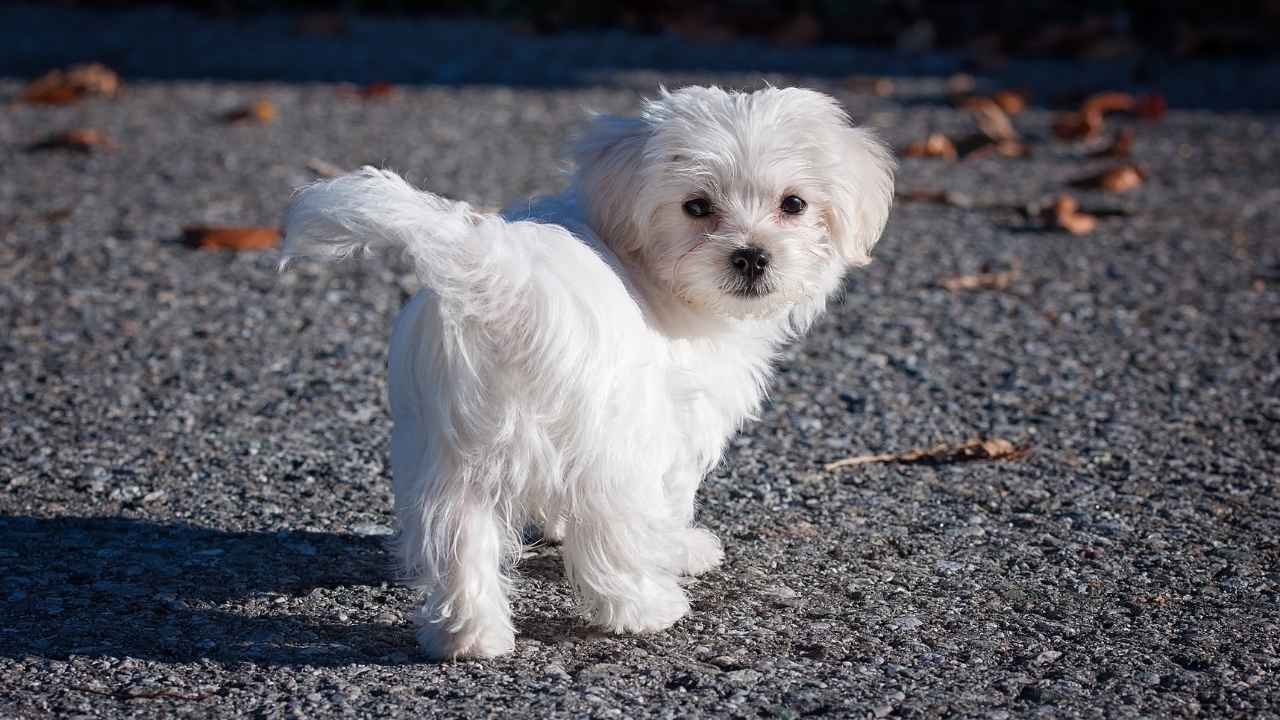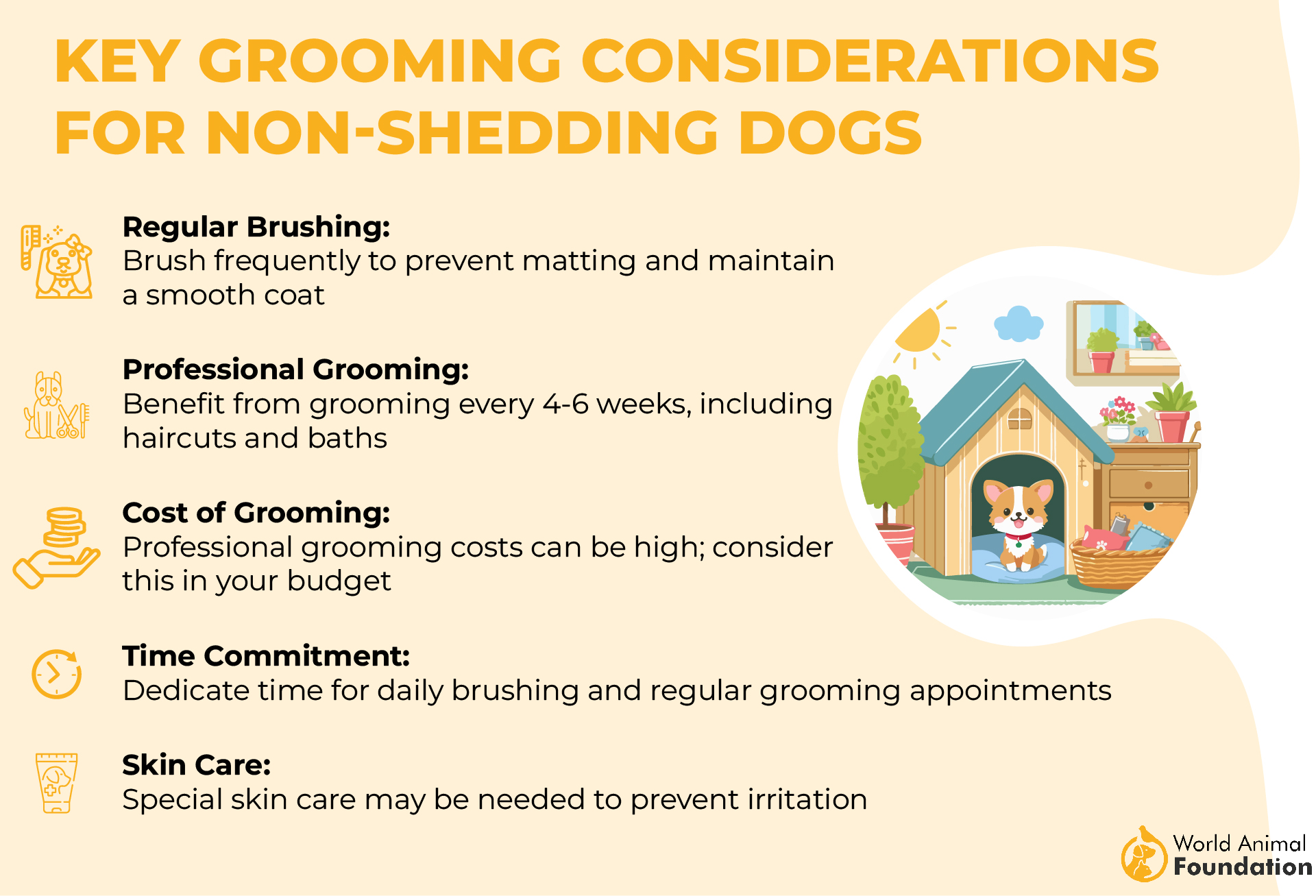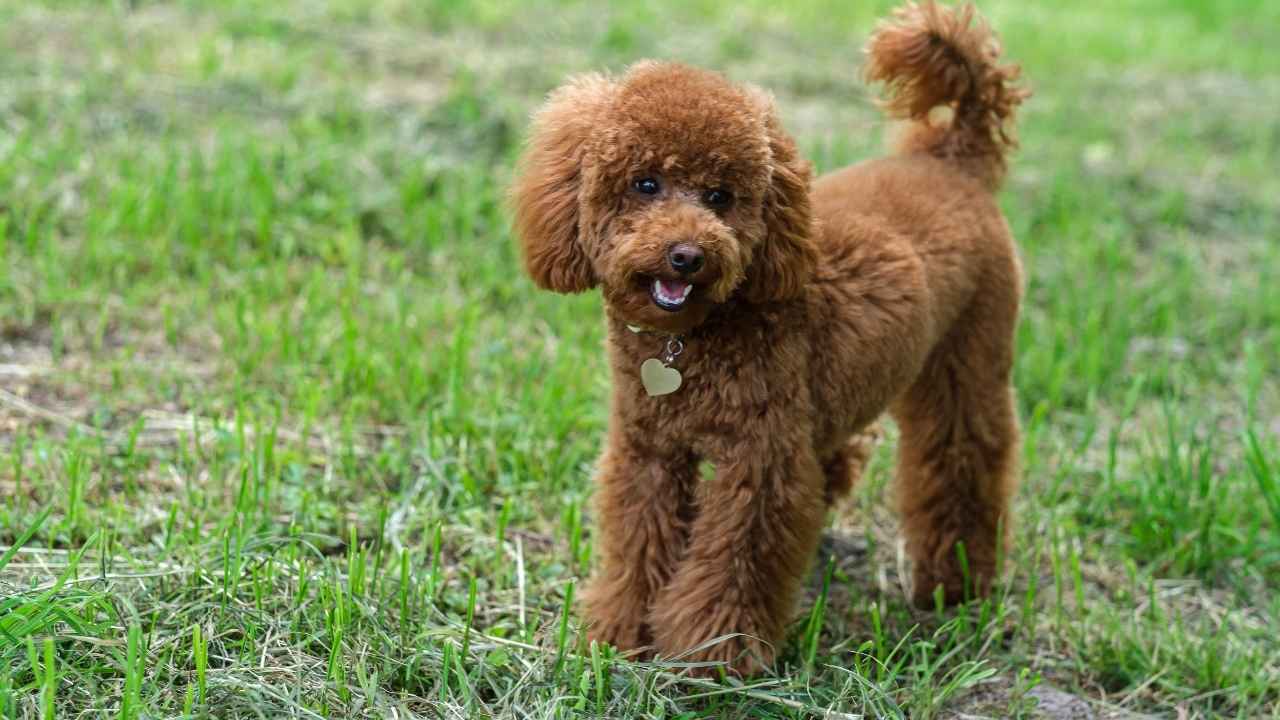Keeping a small dog’s coat healthy and vibrant isn’t just about aesthetics; it’s essential for their overall well-being. While many might assume that regular grooming is only necessary for larger breeds, small dogs with long or curly fur require consistent haircuts to prevent matting, skin infections, and overheating. This guide delves into seven small dog breeds whose coats benefit greatly from routine trims. Whether you’re a new pet owner or a seasoned dog lover, understanding the grooming needs of these adorable companions can enhance their comfort and showcase their charming personalities.
They say, “A well-groomed dog is a happy dog!” Just like a fresh haircut can boost a person’s confidence, regular grooming plays a crucial role in keeping small dogs looking and feeling their best. Picture a Yorkshire Terrier with a sleek trim or a Bichon Frise with its signature fluffy look—these breeds thrive with frequent haircuts to maintain their coats.
Petite dogs are adored for their charming personalities and compact size, but many of these furry friends require regular grooming to maintain their well-being. Unlike certain breeds with short coats, these little dog breeds have long or double coats that demand frequent grooming to prevent mats and tangles.
Petite dogs with long hair often require executive grooming every few weeks to keep their silky coats in top condition. Regular grooming not only enhances their appearance but also prevents skin issues, removes dead hair, and ensures overall health.
If you own a small breed that needs frequent grooming, this guide will help you understand the best practices for keeping their coats healthy and beautiful.
Small Dogs That Require Regular Grooming for a Healthy Coat
1. Yorkshire Terrier
Yorkshire Terriers, commonly known as Yorkies, have a coat that grows continuously and requires planned grooming. As mentioned in AKC, the dainty, glossy, floor-length coat of a Yorkie can quickly develop mats if not properly maintained. Everyday brushing is recommended to prevent tangles and keep their fur smooth.
Yorkies benefit from professional grooming every four to six weeks. Many owners opt for a “puppy cut,” which keeps their hair short and manageable while maintaining their adorable appearance. Regular trimming around the eyes and ears also helps prevent irritation and infections.
These little dogs are high maintenance when it comes to grooming, but their affectionate nature makes the effort worthwhile. Regular priming and occasional baths help keep them looking and feeling their best.
2. Lhasa Apso
The Lhasa Apso is another breed with a long, flowing coat that requires regular grooming. Their dense double coat can easily become tangled without frequent brushing, making grooming a necessity rather than an option.
Professional grooming is recommended every six to eight weeks, along with planned brushing at home. Many owners choose to keep their Lhasa Apso coat trimmed short to reduce maintenance, while others prefer to maintain its full length for a show-quality appearance.
According to Britannica, Lhasa Apsos require regular brushing and occasional baths to prevent mats and keep their fur in top condition. With proper care, their long hair remains soft, shiny, and free from knots.
3. Havanese
Havanese dogs have a shiny coat that grows continuously, making regular grooming a must. PetMD states that their soft, wavy hair requires everyday brushing to prevent mats and tangles, especially around their ears and legs.
Professional grooming every four to six weeks is ideal for maintaining their coat. Many owners opt for a short trim to make maintenance easier, while others prefer to keep their Havanese in full coat for a more elegant look.
Beyond their grooming needs, Havanese dogs are affectionate and gentle, making them wonderful companions for families and individuals alike. Proper grooming ensures their coat remains healthy and enhances their overall well-being.
4. Shih Tzu
Shih Tzus are among the most high-maintenance petite dog breeds when it comes to grooming. Their long, flowing coat requires daily brushing to prevent mats and tangles. Regular trimming is also necessary to keep their coat neat and manageable.
Professional grooming should be scheduled every four to six weeks. Many Shih Tzu owners prefer styles such as the “teddy bear cut” or “puppy cut” to reduce grooming demands while maintaining their adorable look.
Shih Tzus benefit from regular grooming to keep their double coat healthy. Regular baths, nail trimming, and brushing contribute to their overall well-being and help prevent skin issues.
5. Miniature Schnauzer
Miniature Schnauzers have a wiry double coat that requires frequent grooming. Regular brushing helps prevent mats, while professional grooming every five to seven weeks keeps their coat in top shape.
Their signature beard and eyebrows require special attention, as they can trap dirt and food particles. Many owners opt for the traditional Schnauzer cut, which gives them a neat and well-groomed appearance. According to Royal Canin, this lively package requires regular trips to a professional groomer as well as basic brushing at home.
Beyond their grooming needs, Miniature Schnauzers are known for their energetic and affectionate personalities. Keeping their coat well-maintained ensures they stay comfortable and healthy.
6. Bichon Frise
Bichon Frises have a dense, curly coat that demands regular grooming to prevent mats and tangles. Daily brushing and grooming every four to six weeks are essential to maintain their coat’s health.
Their hypoallergenic coat requires regular trimming to keep it manageable. Many owners choose a rounded “teddy bear” cut to maintain their adorable look while making daily maintenance easier.
Bichon Frises require regular brushing to prevent tangles. Their soft, curly fur needs careful attention to ensure it remains free from knots and debris.
7. Cavalier King Charles Spaniel
The Cavalier King Charles Spaniel has a silky coat that requires regular brushing to prevent mats and tangles. Their feathered ears, chest, and legs need frequent grooming to maintain a tidy appearance.
Professional priming every six to eight weeks helps keep their coat in good condition. Many owners opt for light trims to make maintenance easier while preserving their elegant look.
These gentle dogs are affectionate and friendly, making them excellent companions. Planned brushing sessions and random baths help keep their coat looking its best.
8. Maltese
According to Purina, Maltese dogs have a long, flowing coat that requires daily brushing to prevent mats and tangles. Their fine, silky hair needs regular care to maintain its smooth texture.
Professional grooming every four to six weeks is recommended. Many owners opt for a short “puppy cut” to reduce maintenance while keeping their Maltese looking adorable.
Maltese dogs need frequent grooming to keep their coat healthy. Regular brushing and random baths help prevent skin issues and maintain their elegant appearance.
9. Toy Poodle
Toy Poodles are known for their curly coats, which require frequent grooming to prevent mats and tangles. Their dense fur needs planned brushing and grooming sessions every four to six weeks.
Many owners choose styles such as the “puppy cut” or “lamb cut” to maintain their Toy Poodle’s appearance while making grooming easier. Regular trimming around the face and paws helps keep them neat and comfortable.
Toy Poodles are intelligent and active, making them wonderful companions. Proper grooming ensures their coat remains healthy and their overall well-being is maintained.
Conclusion
Owning a small canine with long or curly hair requires a commitment to regular grooming. Whether it’s a Shih Tzu’s flowing coat, a Bichon Frise’s curls, or a Toy Poodle’s dense fur, each of these breeds benefits from routine brushing, trimming, and professional grooming.
Keeping up with their grooming and priming needs ensures they stay comfortable, healthy, and looking their best. If you’re considering adopting one of these breeds, be prepared to invest time and effort in their coat care to keep your furry friend happy and well-groomed.
While many little dogs require frequent haircuts, there are some breeds that do not need regular trims. Breeds such as the French Bulldog, Beagle, and Boston Terrier have short coats that require minimal grooming. These dogs only need occasional brushing and baths to maintain a clean and healthy coat.
Short-coated breeds naturally shed dead hair, reducing the risk of mats and tangles. While they still benefit from random brushing and nail cutting, they do not require the same level of professional grooming as long-haired breeds.
Ultimately, understanding a dog’s grooming needs is essential for ensuring their health and happiness. Whether your furry friend has a high-maintenance coat or a low-maintenance short coat, regular grooming routines contribute to their overall well-being and keep them looking their best.
In conclusion, maintaining the coat of small dog breeds that require regular grooming is crucial for their overall health and well-being. Breeds such as Poodles, Shih Tzus, and Yorkshire Terriers benefit from routine haircuts to prevent matting, skin irritations, and other health issues. Regular grooming not only helps keep their coats looking neat and clean but also promotes better hygiene and comfort for the dogs. Consistent care, which may involve professional grooming services, ensures these dogs remain happy, healthy, and able to enjoy their playful lifestyles without the discomfort of an unmanaged coat.
